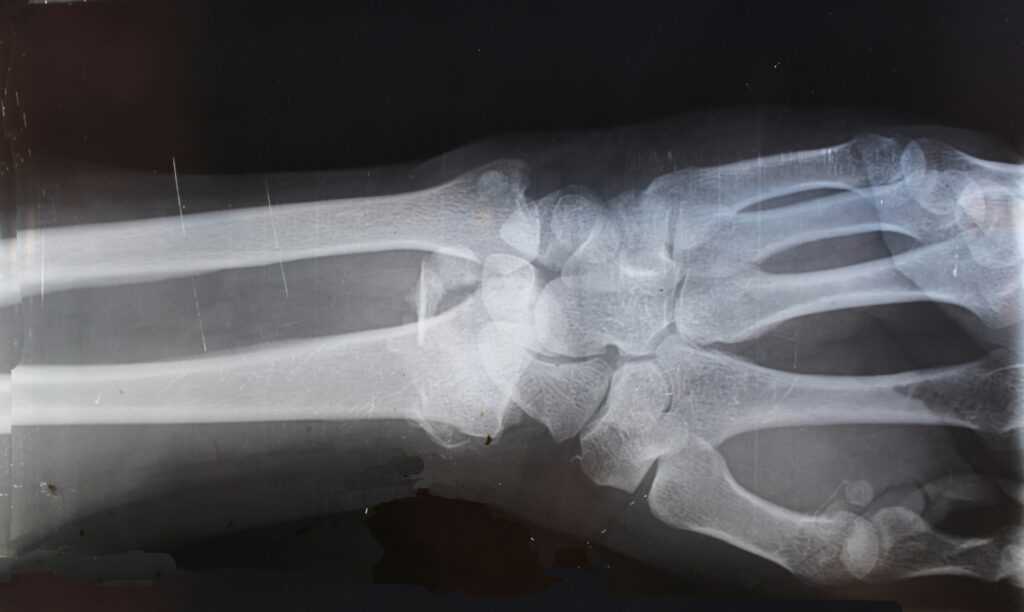Understanding the Importance of Proper Footwear
Proper footwear plays a critical role in injury prevention. Wearing the right shoes helps protect your body and improve performance.
What Constitutes Proper Footwear?
Shoes need to fit well and provide adequate support. They should cushion your feet and offer stability. Running shoes, for example, should have extra padding in the soles. Basketball shoes require ankle support to prevent sprains.
- Fit: Shoes must fit comfortably without pinching or slipping.
- Support: Look for arch and heel support to align your feet properly.
- Cushioning: Choose shoes with cushioning fit for your activity to absorb impact.
The Science Behind Footwear and Foot Mechanics
Proper footwear impacts how your feet move. Shoes affect foot mechanics by controlling motion and distributing pressure evenly.
- Motion Control: Shoes guide foot movement to prevent excessive pronation or supination.
- Pressure Distribution: Evenly distributing pressure reduces strain on foot structures.
- Shock Absorption: Shoes with shock-absorbing materials minimize the impact on joints.
Research by the American Orthopaedic Foot & Ankle Society highlights that improper footwear contributes to various injuries. Ensuring your shoes match your activity enhances performance and reduces the risk of injury.
Common Injuries Related to Poor Footwear Choices
Wearing the wrong shoes leads to various injuries. This section covers common issues that arise from incorrect footwear.
Plantar Fasciitis and Heel Spurs
Plantar fasciitis involves inflammation of the plantar fascia, a thick tissue band running across the bottom of the foot. Poorly cushioned shoes contribute to overstretching this tissue.
Heel spurs are bony growths on the heel bone, often accompanying plantar fasciitis. Shoes lacking arch support and cushioning cause undue stress on the heel and arch, leading to these conditions.
The American Orthopaedic Foot & Ankle Society notes heel spurs and plantar fasciitis as significant concerns linked to improper footwear.
Stress Fractures and Shin Splints
Stress fractures are tiny cracks in bones, resulting from repetitive force or overuse. Inadequate footwear lacking shock absorption or stability heightens the risk of these fractures.
Shin splints, characterized by pain along the shin bone, often occur due to improper footwear during high-impact activities.
Unsupportive shoes shift excessive pressure to the shins, leading to this painful condition. Proper footwear provides the necessary stability and cushioning to prevent overuse injuries like stress fractures and shin splints.
Innovative Footwear Technologies for Injury Prevention

Technological advancements in footwear play a crucial role in mitigating injuries and improving performance across various activities.
Advanced Materials and Design
Footwear technology has made significant strides with advanced materials like EVA foam and carbon fiber. EVA foam provides lightweight cushioning, which enhances comfort and reduces impact forces.
Carbon fiber plates add stiffness for propulsion, increasing efficiency in running shoes.
Brands like Nike and Adidas incorporate these materials to improve shoe performance and reduce injury risks. The focus on shock absorption, flexibility, and durability in material design helps in preventing conditions like plantar fasciitis and shin splints.
Customization and Personalization Options
Customization options are becoming increasingly prevalent in footwear, offering tailored solutions based on individual biomechanics. Custom orthotics, for example, provide specific arch support and alignment correction.
Many brands allow personalized shoe fitting through 3D scanning technology, ensuring a perfect fit.
By addressing unique foot structures and gait patterns, these personalized options can significantly reduce the risk of injuries such as:
- stress fractures
- heel spurs
Investing in customized footwear ensures that athletes receive optimal support and performance specific to their needs.
Preventative Strategies Beyond Footwear
Footwear plays a crucial role in injury prevention, but other strategies are essential to ensure overall foot health.
Training Techniques and Surface Considerations
Proper training techniques enhance performance and mitigate injury risk.
Gradually increasing the intensity and duration of workouts allows muscles and joints to adapt without being overwhelmed. Using correct form during exercises prevents undue stress on the feet and lower limbs.
Surface considerations matter as well. Running on hard surfaces like concrete increases impact forces on the feet, leading to injuries.
Softer surfaces, such as grass or synthetic tracks, absorb more shock and provide a gentler platform for the feet.
Importance of Regular Foot Assessments
Regular foot assessments identify potential issues early. Podiatrists or orthopedic specialists can examine foot mechanics, arch type, and gait. Identifying abnormalities like overpronation or supination allows for corrective measures before injuries occur.
These assessments also facilitate the customization of insoles or orthotics tailored to individual needs, enhancing the overall support provided by footwear.



